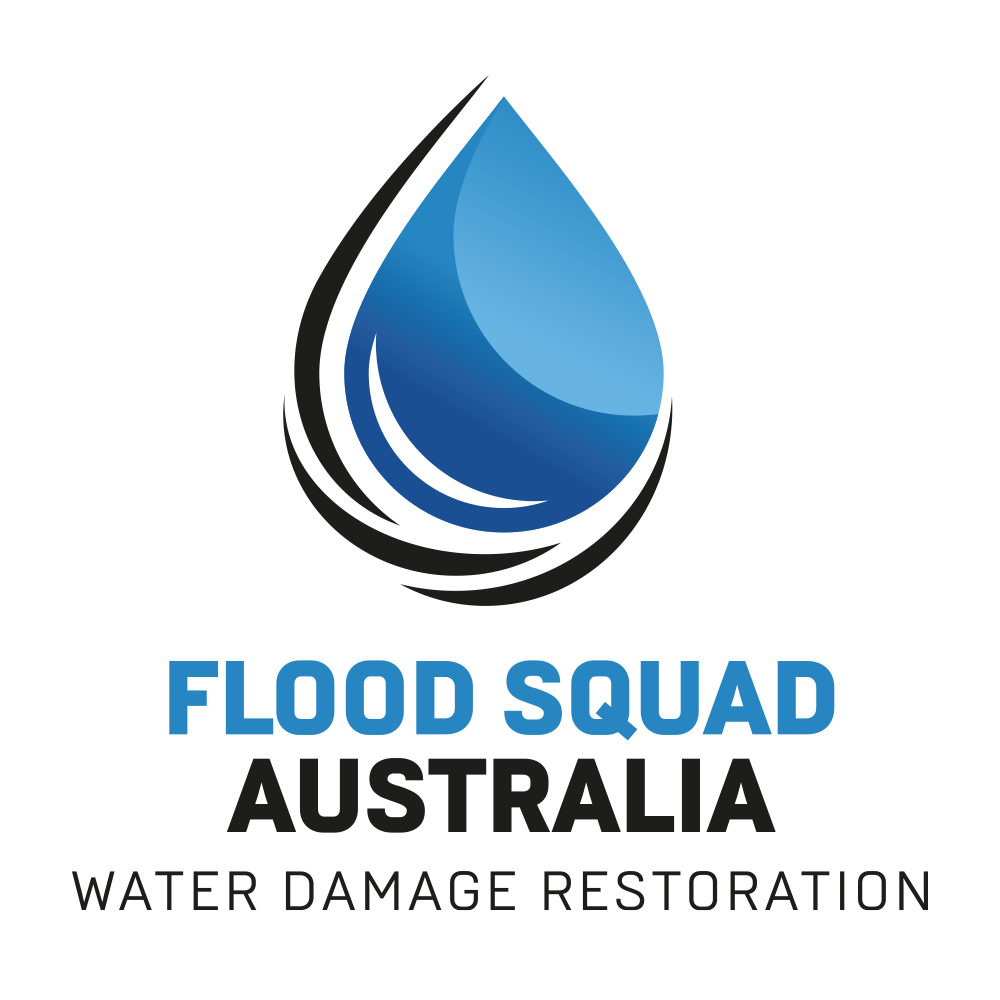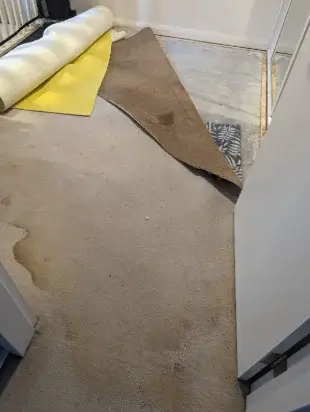A flooded carpet is a homeowner’s nightmare. It’s an emergency that requires immediate action.
But what should you do when faced with this crisis?
This guide provides practical steps to take when dealing with flooded carpet cleaning. It’s designed to help you minimise damage and prepare for professional cleaning.
We’ll cover everything from safety precautions to water removal strategies. You’ll learn how to assess the damage and when to call in the professionals.
By acting quickly and following these guidelines, you can mitigate the impact of water damage. Let’s dive in.
Immediate Steps to Take When Your Carpet is Flooded
When you discover a flooded carpet, you must act swiftly. Immediate steps help reduce water damage and prevent mold growth.
Start with pinpointing the source of the water. Once identified, stop the flow, if possible, to prevent further flooding.
Next, move quickly to remove furniture from the affected area. This prevents staining and further damage to your belongings.
Begin to soak up excess water using towels. A wet vacuum is also beneficial in extracting water from the carpet.
Here’s a quick list of initial actions:
- Stop the water source.
- Remove furniture and items.
- Use towels and wet vacuums.
- Elevate the carpet for airflow.
- Increase ventilation.
- Contact a professional service.
Elevating sections of the carpet helps air circulate. This assists in speeding up the drying process and avoids lingering moisture.
Use fans, dehumidifiers, and air conditioners to maintain airflow. Quick action in these first steps is crucial.
Safety First: Electrical and Health Precautions
Safety is a top priority when dealing with water and electricity. Immediately turn off electricity in the flooded area to avoid hazards.
Wear protective gear, like gloves and masks, to protect against contamination. This step is crucial, especially if the water is not clean.
Avoid skin contact with potentially contaminated water. Assess the area for structural stability before proceeding further.
Stopping the Source of the Flood
Stopping the water source prevents further damage. Check for leaks or broken pipes. If it’s safe, turn off valves to stop the flow.
For significant flooding, contacting professionals to manage the source might be necessary. They can ensure proper measures are taken promptly.
Water Removal Strategies
Effectively removing water is key to recovery. Begin with manually soaking up water using absorbent towels.
A wet vacuum is a powerful tool to extract water. It’s designed specifically for this purpose and prevents electrical hazards.
Continuously monitor areas and remove pooled water. Addressing these spots quickly reduces the risk of long-term damage.
Consider professional-grade equipment for water extraction. They have the tools to remove water more effectively and efficiently.
Drying and Ventilating the Affected Area
Drying begins with elevating the carpet. Lift sections to allow airflow underneath, which aids in faster drying.
Use fans to maintain consistent airflow. This circulation helps evaporate moisture trapped within carpet fibers.
Dehumidifiers remove moisture from the air. This reduces the chance of mold growth and speeds up the drying process.
Keep windows open if weather permits. Natural ventilation complements mechanical airflow and accelerates the drying process.
Assessing the Damage and Preparing for Cleanup
Once immediate measures are in place, evaluate the extent of the damage. Check for areas where water has penetrated deeply.
Determining the type of water involved is crucial. Clean water scenarios might allow for easier restoration.
Gray or black water will require professional intervention. These types pose significant health risks due to contamination.
Prepare for cleanup by separating damaged items. Consider what can be salvaged and what needs disposal. Take note of areas needing special attention during cleanup.
Understanding Water Types and Associated Risks
Not all floodwaters are the same. Clean water from rain or leaking pipes is generally safe.
Gray water, from appliances, may contain chemicals or food particles. This requires careful handling as it poses health risks.
Black water from sewers or natural disasters is highly hazardous. It harbors harmful bacteria, demanding professional cleanup.
Documenting the Damage for Insurance
Thorough documentation will aid in insurance claims. Take photos of all affected areas before beginning any cleanup.
Keep detailed notes about what occurred and the initial steps taken. This record is invaluable during negotiations with your insurer.
Professional Flooded Carpet Cleaning Services
In many cases, professional services are the most effective solution. They have the tools and expertise to handle severe flooding.
Professionals can quickly assess the damage and identify the best cleaning approach. They offer specialised services tailored to different types of water damage.
Advanced equipment allows them to extract water efficiently and speed up drying. Additionally, they provide treatments to prevent mold growth and eliminate odors.
Consider hiring professionals if the damage is extensive or involves contaminated water. Their thorough approach ensures a safer environment post-cleanup.
When to Call in the Professionals
If flood damage is severe or persists, it’s time to call in the experts. Black water situations always require professional intervention to ensure safety.
Extensive water exposure or rapid mold growth are signals for professional help. Quick action will prevent further damage to your property.
What to Expect from Emergency Carpet Cleaning Services
Emergency services respond swiftly, often within hours of your call. They bring advanced tools to remove water and restore your carpets.
Expect a thorough assessment and a customised plan for restoration. Professional services aim to restore your home to a safe, livable condition.
Preventing Future Carpet Floods
Prevention is key to avoiding future carpet flooding incidents. Regular checks around your home can reveal early signs of potential issues.
Implementing preventative measures is essential to minimise risks. Consider the following strategies to protect your home:
- Inspect plumbing systems regularly for leaks or weaknesses.
- Maintain gutters and downspouts to ensure proper water flow.
- Install water sensors near high-risk areas.
- Enhance landscaping to direct water away from your property.
Being proactive can save you from costly repairs later. Early detection allows for timely intervention, preventing more severe damage.
Regular Maintenance and Early Detection
Regular maintenance helps identify minor issues before they escalate. This includes checking for leaks or damp spots around carpets.
Early detection of water problems reduces potential damage and repair costs. Keep a close eye on vulnerable areas for peace of mind.
Preparing for Potential Flooding Events
Weather forecasts can provide crucial warnings for flooding events. Stay informed about potential threats to prepare adequately.
Ensure valuables are stored safely, ideally in waterproof containers. This simple step protects important items from water-related damage.
Conclusion: The Importance of Quick Action
Taking swift action after a carpet floods is essential. Prompt steps can vastly reduce damage and save your property.
Acting quickly also helps in preventing mold growth and health issues. Immediate efforts make recovery smoother and less costly in the long run.


